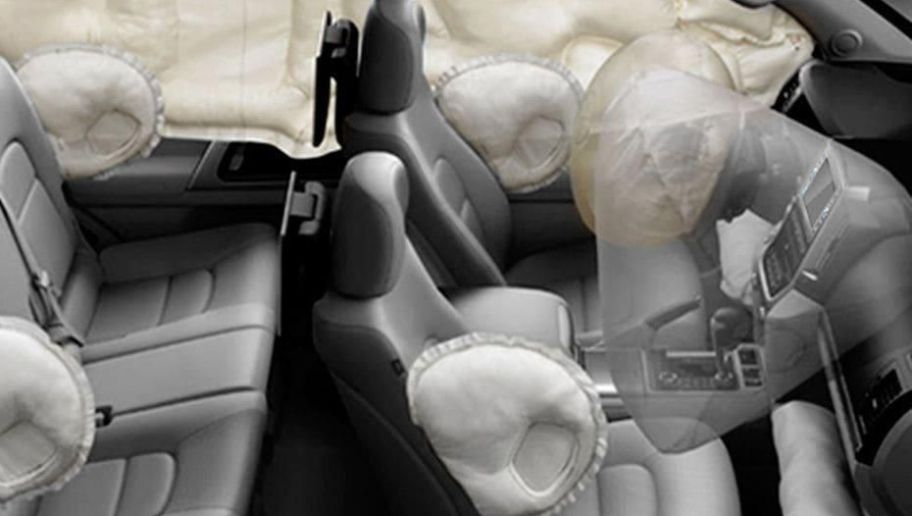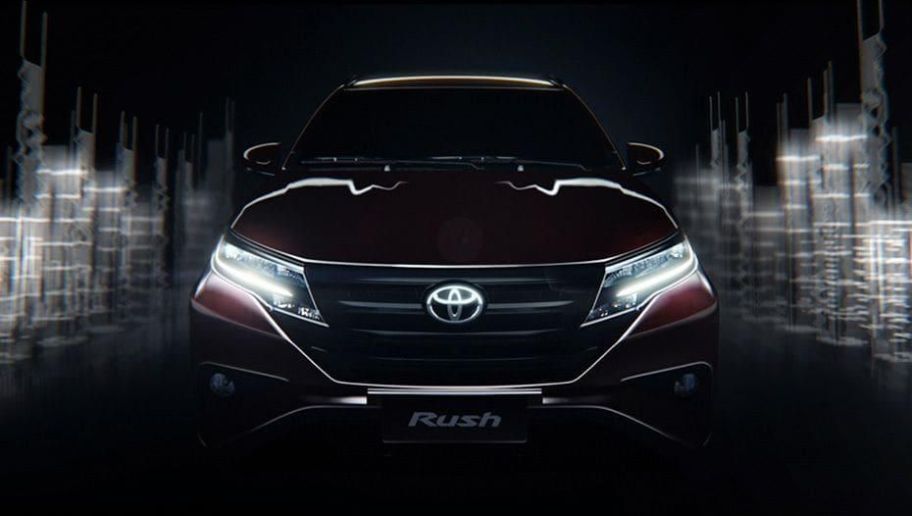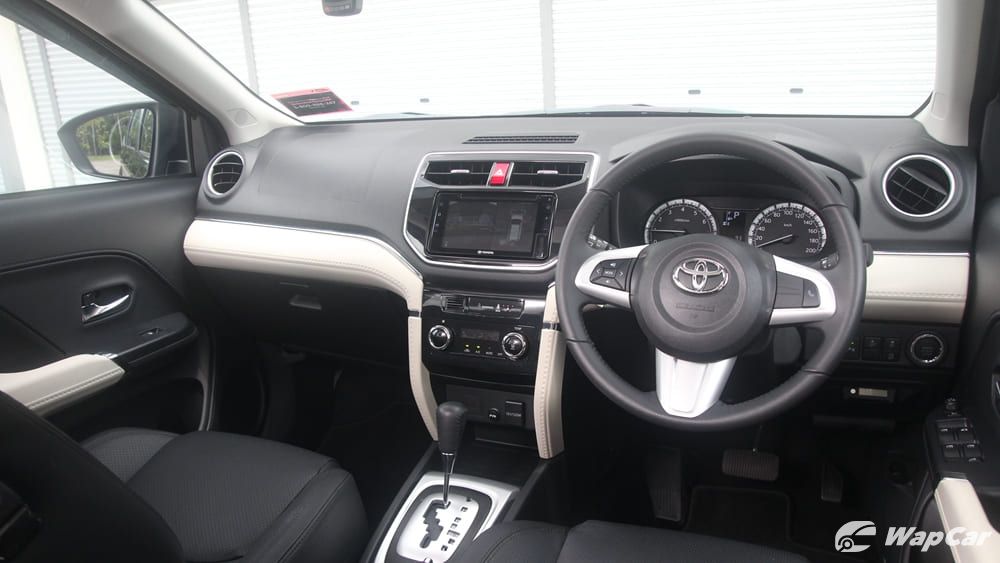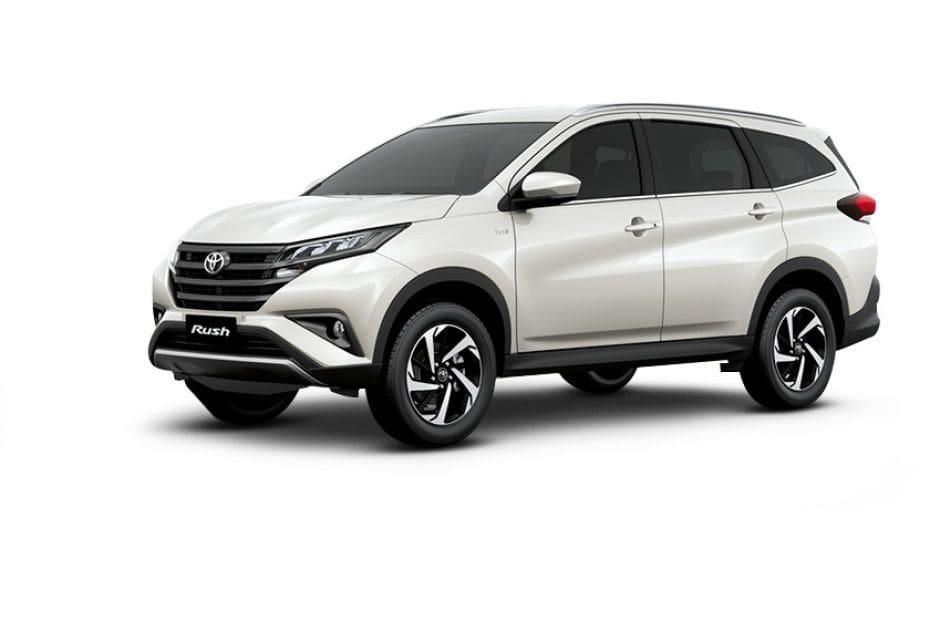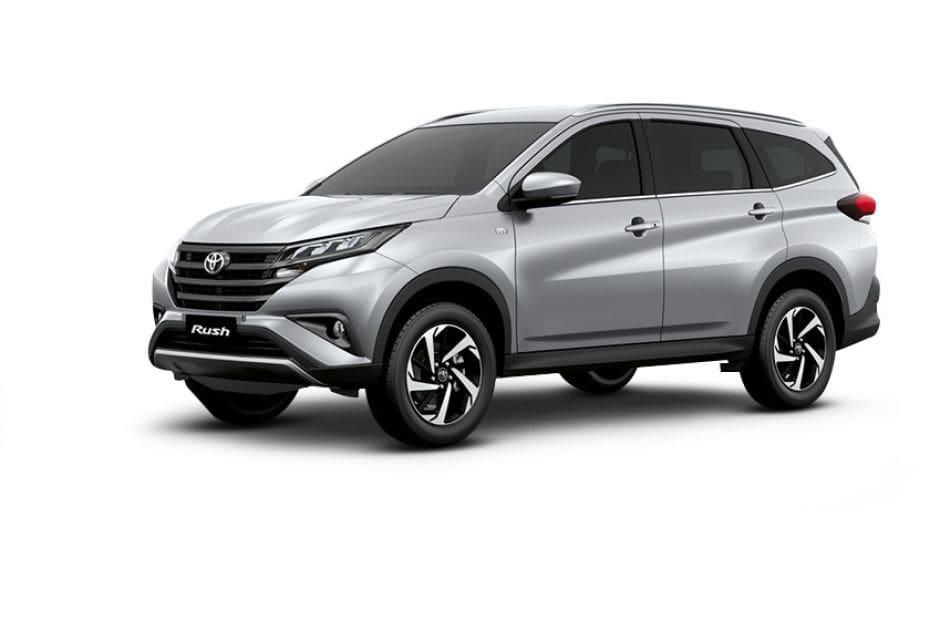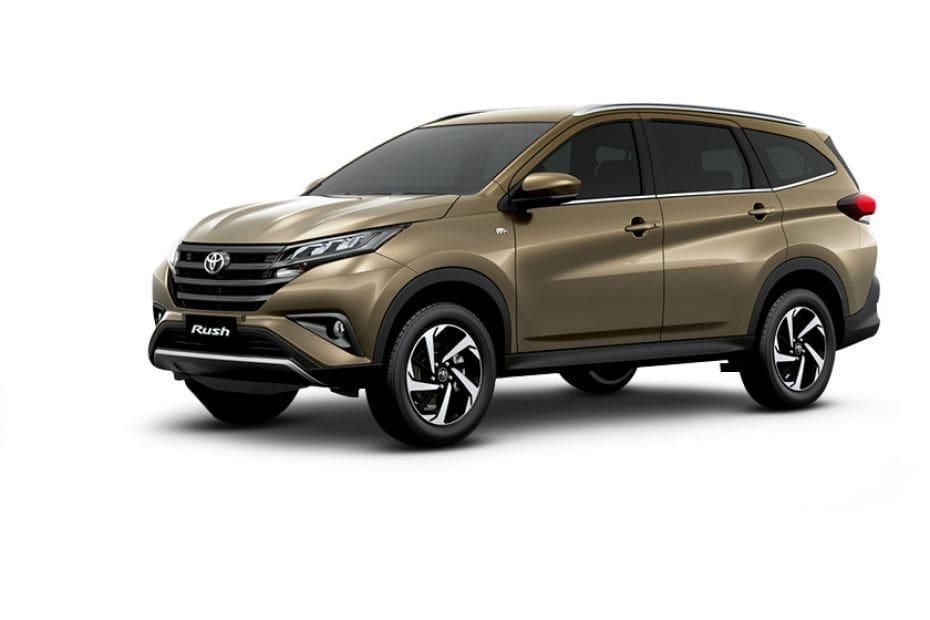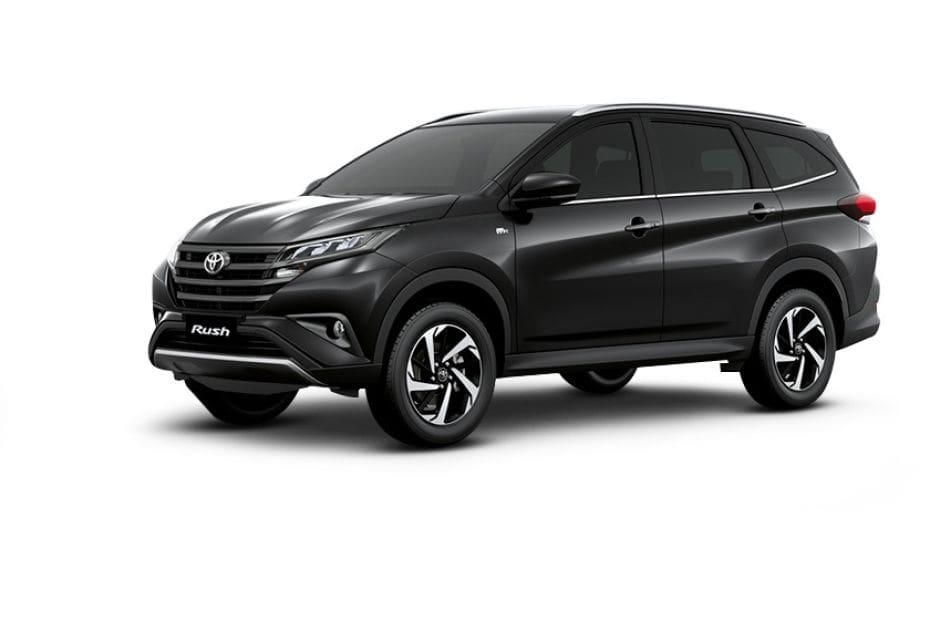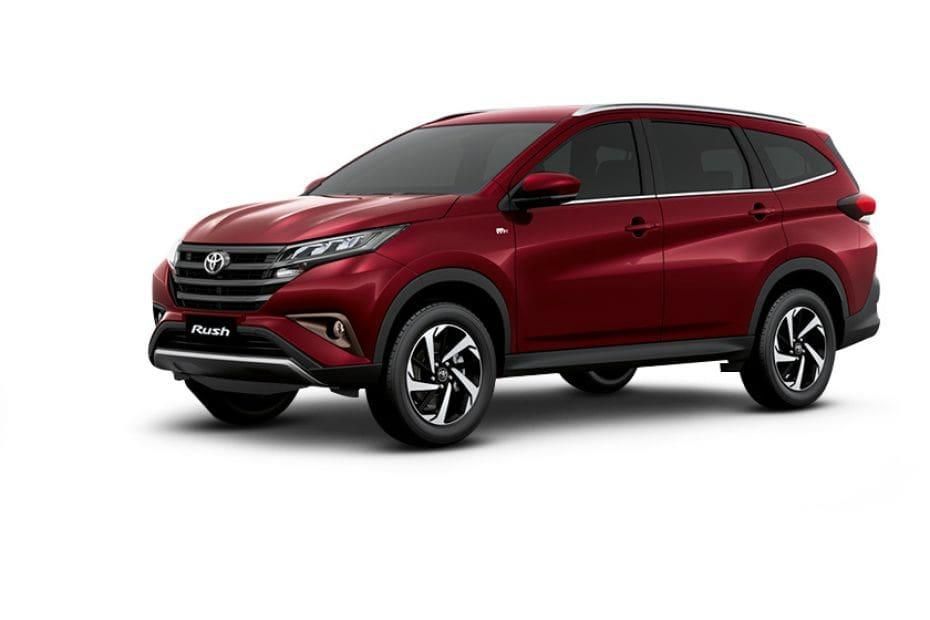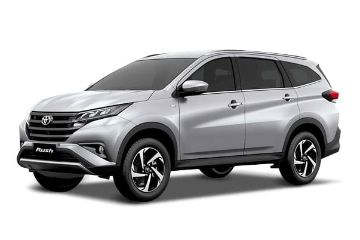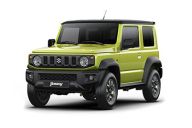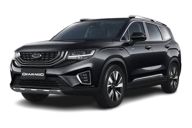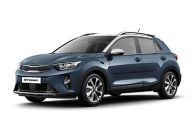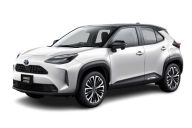Since the Toyota Rush is treated as an entry-level utility hauler, the cabin of the Toyota Rush interior reflects the approach of the Japanese manufacturer. Hard and durable plastics abound (including the material for the steering wheel and the transmission stick), along with white accents on the dashboard and the doors. The top-end Toyota Rush 1.5 GR-S version gets leather for the steering wheel and gear shift knob, plus automatic air conditioning and power-assisted side mirror folding.
![01]()
As with most of its segment competition, the Toyota Rush’s first two rows are adequate enough to seat five. The third row is best solely for kids and adults below 4’9.”
The in-car infotainment has a seven-inch touchscreen (with WebLink connectivity for Android and Apple smartphones), plus audio controls on the steering wheel. The range-topping GR-S model has Android Auto-Apple CarPlay connectivity for a wider search of music sources and more satellite navigation app options.
Central Console
Meanwhile, stepping on the interior that carried the specifications of this Toyota Rush did not go unnoticed. considering that the front dashboard sector is quite prominent, presented by carrying the Distinctive Soft Touch Dahsboard concept. The concept puts forward a modern premium design that is so dynamic. Interestingly, the dashboard has also been equipped with several fairly sophisticated feature panels.

The Toyota Rush gets a dual-tone black and beige dashboard design, which looks more stylish than the Aruz. It also gets a different digital air-conditioning control system. The Rush's cabin space is ample in the front cabin and in the second row. The third row, however, is better for children and not-so-tall individuals. There are plenty of cubby holes and storage spaces inside the Rush but ultimately, the car has a total of 13 bottle- and cup-holders.
Steering wheel
Toyota Rush steering wheel has a design that is comfortable to grip while driving. toyota rush steering wheel made of genuine carbon is very good and exclusive which will add to the appearance of your car more and more different from the others. The Toyota Rush's steering is on the light side, which eases maneuvering. Couple that with the tight turning radius and 360-degree view monitor, parking the Rush is a breeze. Just like the Perodua Aruz, the Rush is built on a (semi) body-on-frame platform.

Front instrument panel
This Toyota Rush has also been equipped with a Stunning Combination Meter on the speedometer. Several display menus of information related to the condition of the car while driving are also shown in digital form with a very neat and attractive arrangement. Such as tachometer, rpm meter, fuel capacity, mileage, and some indicator lights that are so informative. Likewise with the steering wheel which is more comfortable so that its position can be adjusted to the taste of the driver.

On the other hand, to support entertainment features, especially when playing music, Toyota has equipped this Toyota Rush with 8 Surround Sound speakers that will provide a booming sound that is so steady and okay to have. Meanwhile, stepping on the seat, this latest SUV model has a cabin space designed for 7 passengers with three rows of seats.
Space and Practicality
The Toyota Rush's interior practicality is average at best - storage spaces are sufficient, but the Rush lacks a centre armrest storage box, which is useful to keep items safe from prying eyes. It also gets decent-size door pockets for storing water bottles. With the third-row seats up right, the Rush's boot measures 213 litres. Fold and tumble the seat forwards, you can expand the boot space to 514 litres.



 The Toyota Rush was launched in 2018 as a quick response to a then-fast rising starter seven-seater multipurpose vehicle (MPV) segment. That arena included the likes of the Suzuki Ertiga, Mitsubishi Xpander, [the now-discontinued] Honda Mobilio, and eventually the Geely Okavango.
The Toyota Rush was launched in 2018 as a quick response to a then-fast rising starter seven-seater multipurpose vehicle (MPV) segment. That arena included the likes of the Suzuki Ertiga, Mitsubishi Xpander, [the now-discontinued] Honda Mobilio, and eventually the Geely Okavango.

